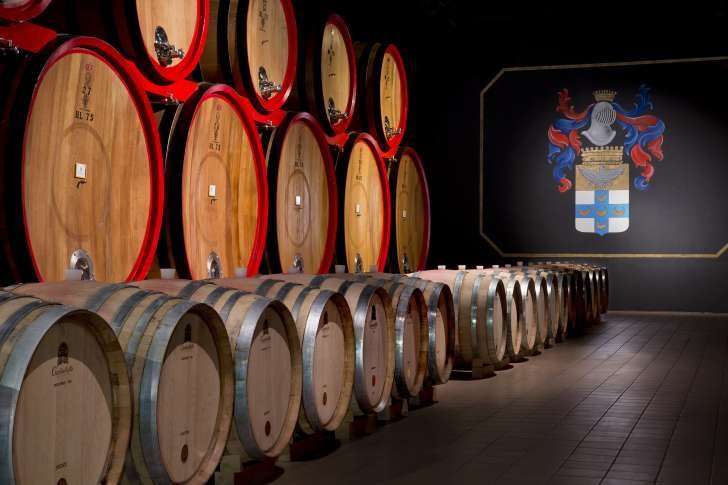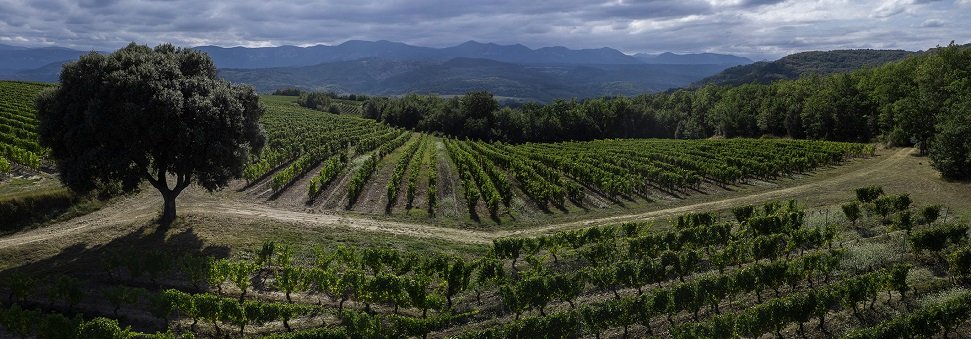Last year, when I made several trips up to the Santa Rita Hills to tour what is, in my humble opinion, the hottest AVA in California right now, there was one particular winery I wasn’t able to squeeze onto the schedule: Tyler. Started by Santa Barbara native Justin Willett back in 2005, Tyler has been an homage to the great vineyards of the region since its inception, starting with wines made with fruit from Sanford & Benedict and Bentrock, eventually expanding into lesser-known sites like La Encantada and La Rinconada. Justin has been a champion of the Santa Rita Hills for his entire career, and it was great to finally sit down and talk about that passion in person.
Lunch was at Bottega Louie in West Hollywood. We started with pizza, then went for the salmon as we tasted through the 2020 wines: Chardonnay from La Rinconada and from the new Mae Estate that Justin and his wife purchased back in 2015. Pinot Noirs from Mae, La Rinconada, and La Encantada; all of which were unique and refined in their own way. The vintage was stunning across the board and the side-by-side comparison of the sites brought forth various explanations from Justin about production: whole cluster in this vineyard, not in this one. New oak for this vineyard, not for this one. The winemaking varies site by site, based on the needs of the wine.
As a huge Burgundy fan, Justin was quick to dissect the current state of affairs in terms of pricing and availability for France’s most famous wines, noting that the top wines of the Santa Rita Hills start to look pretty attractive at $60 and $70 compared to $600 and $700 for some of the top Burgundies. I couldn’t agree more. Ever since I started digging deeper into the AVA—trying whatever I could from Tyler, The Hilt, Liquid Farm, Sandhi, Sanford, and other top producers—my itch for Burgundy has been almost entirely satiated. It’s obviously a much longer topic of discussion than I have time for in this blog post, but it’s one I’m thinking more and more about each day. The Santa Rita Hills is our version of Burgundy here in California.
And what better pairing with Chardonnay and Pinot Noir than pan-fried salmon with crispy skin? Justin mentioned that he meets for meals and conversations with other top winemakers in the region to discuss the future of Santa Rita Hills and Santa Barbara County as a whole. “What are the wines supposed to taste like? What do we want them to be?” he asked rhetorically, as we discussed the growing awareness of appreciation of Southern California wine on a global scale. “One thing that’s really changed is its relationship to Los Angeles,” he said between bites as we tasted through the second flight; “Napa and Sonoma have always had the support of San Francisco, but LA hasn’t had the same relationship with Santa Barbara. That’s starting to change, however.”
I couldn’t agree more. As a Los Angeles resident who doesn’t plan on moving anywhere else for the rest of my life, the fact that I have this incredible wine culture in my backyard is a tremendous source of pride. My relationship with the Santa Rita Hills has grown tremendously since I relocated down south, and I’ve attempted to channel that passion into my buying here at Mission. In a few years, I can see that energy spreading into more and more Angelenos. And it’s about time!
-David Driscoll















